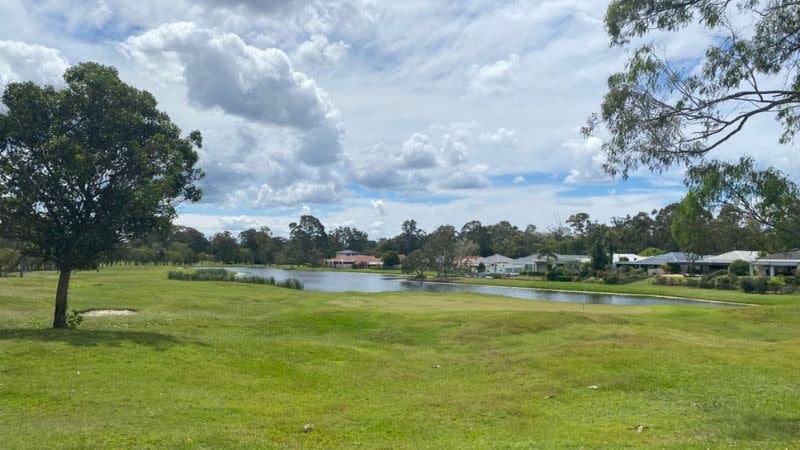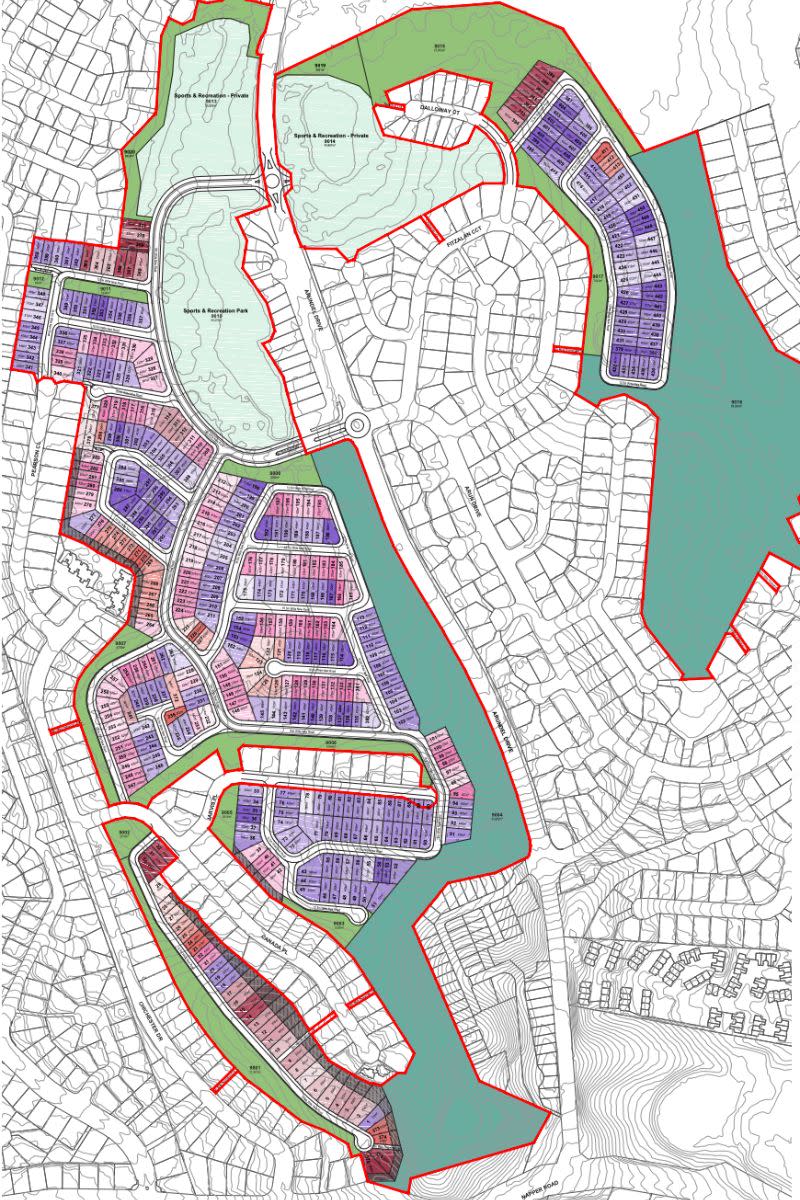Resources
Newsletter
Stay up to date and with the latest news, projects, deals and features.
Subscribe
The pinging sound of golf balls hitting the sweet spot of clubs—or not, as the case may be for most mere mortals of the fairways—suddenly fell silent last year at the Arundel Hills Country Club.
No doubt, much to the jubilation of the unruly mob of kangaroos that reside at the now derelict Gold Coast golf course.
But they may no longer be jumping for joy after a masterplan for the 67ha site was recently lodged with the Gold Coast City Council by the club’s new owners.
Under the proposal, their tranquil tree-lined and once manicured pastures would make way for the suburban cacophony of an infill residential enclave comprising almost 450 home lots.
“The vision is to deliver a significant supply of low density residential land lots to a Gold Coast market that is desperately short of new land subdivision opportunities, particularly in such a central location as Arundel,” a submitted planning report said.
Urbis estimates there are only about 1000 lots available for sale within all the residential estates under development on the Gold Coast. By comparison, there are about 10,000 available lots in Ipswich and 25,000 available lots in Logan.
The proposed masterplan includes three precincts to be delivered in stages, including a low-density urban residential subdivision—comprising 447 home lots varying in area from 286sq m to 1223sq m—that “reflects a natural extension of the neighbouring suburban community”.
“The varied lot sizes proposed for the precinct will translate to a good mix of housing sizes, for a variety of family profiles, lifestyles, and price-points,” it said.

Part of the vision is also to “gift” land to the nearby AB Paterson College for its expansion and use for the sporting and recreational pursuits of its students.
As well, about 40 per cent of the site would be dedicated to the council for environment and conservation purposes, open space, and conservation. This is partly aimed at accommodating fauna movements through the development and dealing with bushfire hazard risk to the surrounding area.
“More generally, the proposed development also seeks to improve permeability-pedestrian connectivity throughout the neighbourhood,” the development application said. “Currently, the site is wholly private land, meaning it cannot be lawfully traversed without the consent of the registered owner.”
However, some local residents have vowed to fight development of the site claiming it would set a “dangerous precedent” for Gold Coast golf courses and “rip the green heart” out of Arundel.
As part of the masterplan DA, a preliminary approval is sought to nullify the zoning of the site under the City Plan and in its place, through a proposed Arundel Hills Development Code, establish “a set of detailed planning provisions that will facilitate the long-term co-ordinated development” of the site.

It is noted in the filed documents that since the closure of the 18-hole golf course and its landmark clubhouse in May, 2022 the site “has lost its manicured qualities and has become unmaintained pastures and bush”.
Arundel Hills Country Club's undulating par 72 course was designed by American Fred Bolton. Developed in the 1990s, it was considered “one of the gems” among the Gold Coast’s 30-plus golf courses.
Its gates were abruptly closed last year after its Chinese-backed owner Zhongsheng Management Pty Ltd was placed in the hands of administrators.
According to the recently-filed DA, the masterplan proponent Arundel Estate Developments Pty Ltd—led by Dale Carroll, Andrew Barbayannis, Rupinder Singh Brar and Dushyant Khana—has contracted to purchase the site from the current owner.
Before its sudden closure, the course made headlines due to a spate of incidents in which players were “terrorised” and some attacked by its resident kangaroos.
Staking their claim to the club’s tees, greens and fairways, the mob of marsupials reportedly had charged some club members, who were forced to defend themselves with their golf clubs.